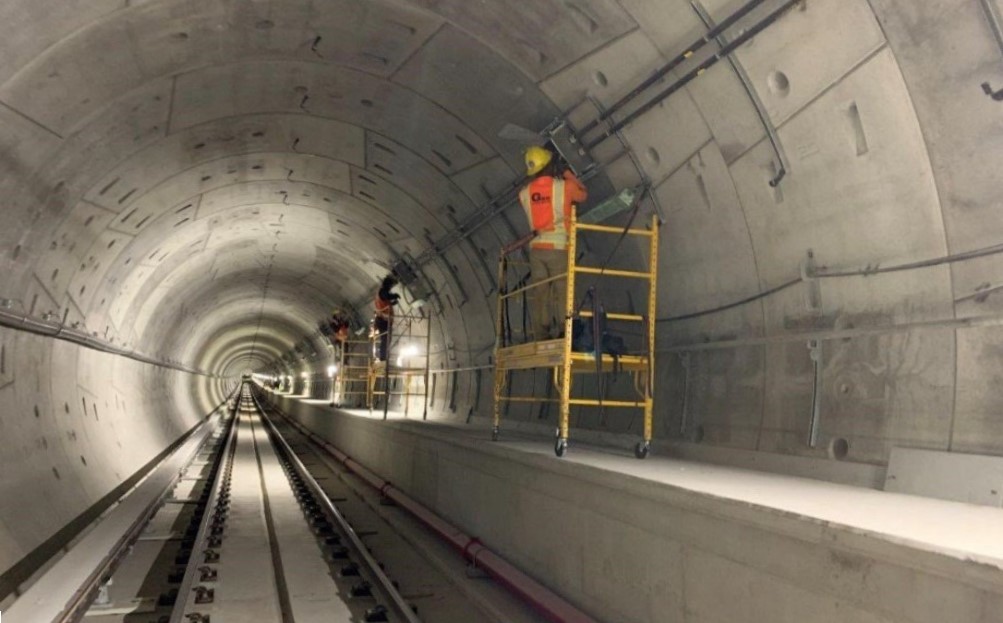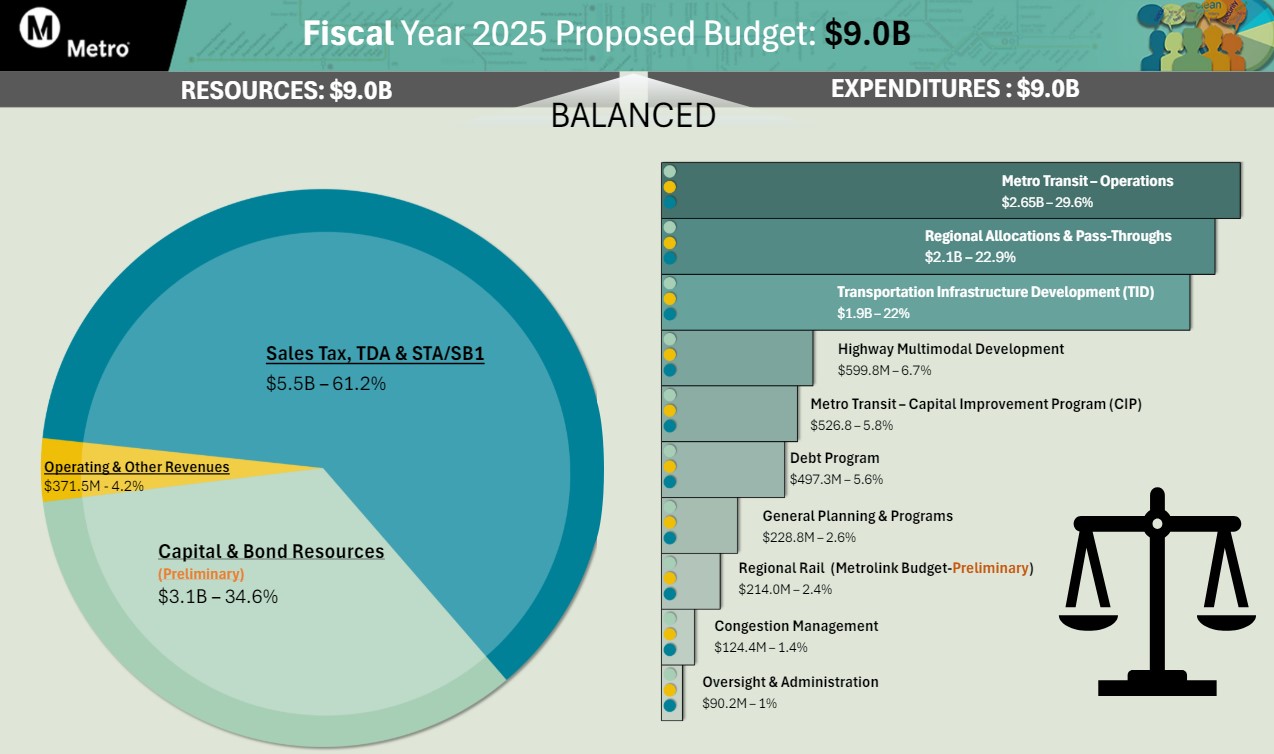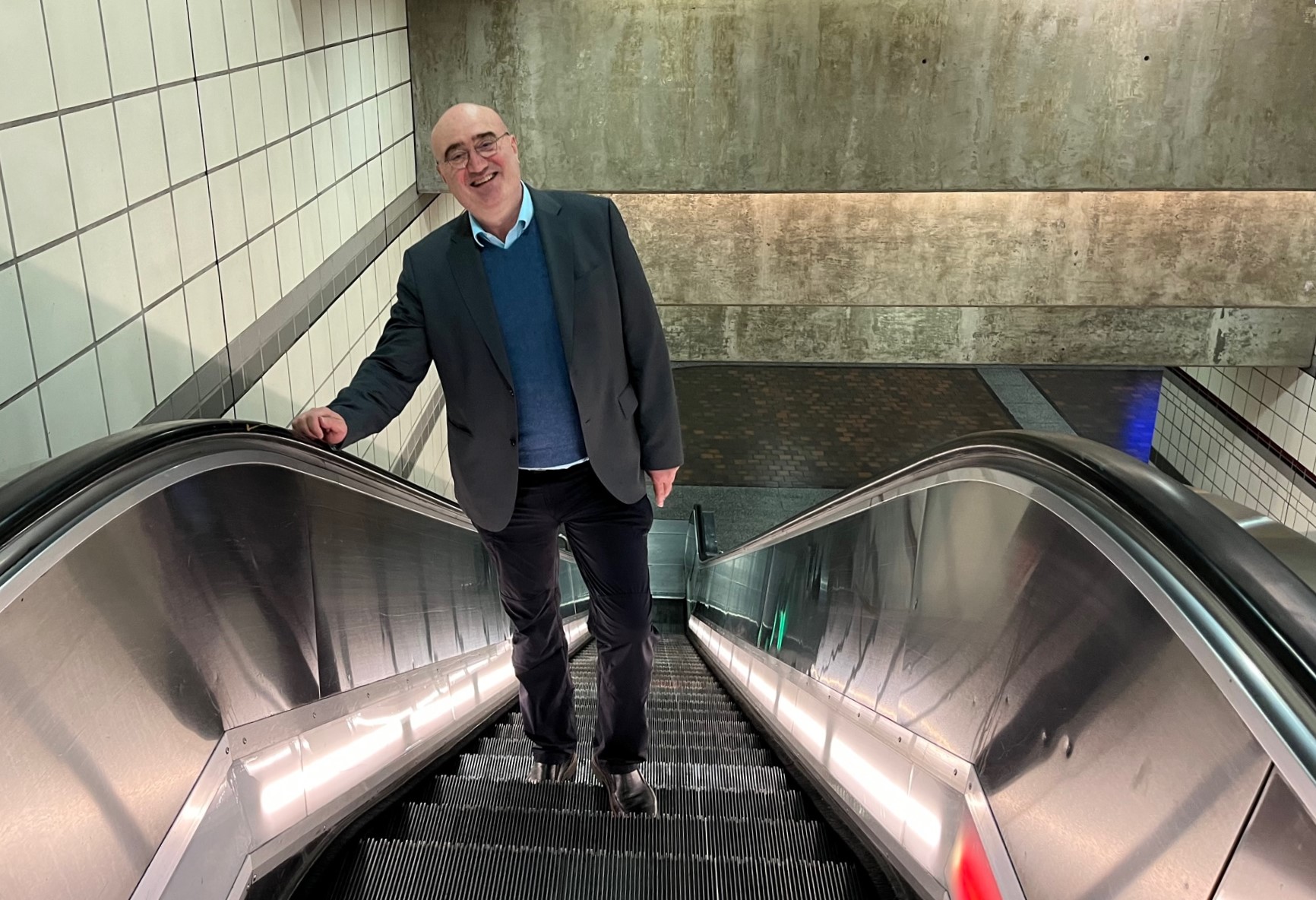 (Photo: DMI Blog)
(Photo: DMI Blog)In
the first year of the Obama administration's economic stimulus law, 59
percent of its $27 billion in transportation formula funds went to
projects that preserve existing roads, while 33 percent was used to
build new pavement, according to an analysis by the advocacy group
Smart Growth America (SGA).
The new data, unveiled today by SGA state policy director Will Schroeer at a green jobs conference in Washington, brings a measure of good news to clean transport advocates who had viewed the stimulus as somewhat of a disappointment for its failure to fund roads and transit on a more equal footing.
The SGA analysis does not include the law's $8.4 billion in transit aid, looking solely at the formula funding that is often depicted as dedicated to highways and bridges.
In
fact, states were allowed to redirect some of that larger pot to
transit, though not all took advantage of that flexibility. "Some
states were really, I have to say, dishonest with the public about what
the money could be spent on," Schroeer said today.
Here's how SGA's one-year analysis of the $27 billion in stimulus money shook out:
59% spent on road system repair/preservation
33% spent on new road capacity
3.9% spent on non-motorized transport (e.g. bike-ped)
1.7% spent on transit and related projects
2% spent on other uses
Several other speakers at the green jobs conference emphasized rules that allowed only 10 percent
of federal transit stimulus aid to go towards operating budgets that
ensure trains and buses can keep running. The lion's share of the
transit spending went to capital projects, such as extending rail lines
or purchasing new equipment.
Brian Turner, director of the Transportation Learning Center, a transit-training group,
lamented that federal spending is weighted towards "physical capital
... Any economist who went to class knows that there is another class
[of investment] that's equally important: That's human capital."
The
debate over how to free up more federal transit funds for operating has
split the transit industry, with its biggest lobbying force viewing the change as a short-term response to the recession while unions and other transit agencies push for a permanent shift.
Nonetheless,
SGA's past work on the job-creation performance of transit relative to
roads has appeared to make some headway with Democratic lawmakers.
House Speaker Nancy Pelosi (D-CA) told conference attendees today that
her colleagues “have stood strong in the drive for good, green jobs.
... We’ve said all along that clean energy is about four things: jobs,
jobs, jobs, jobs."




